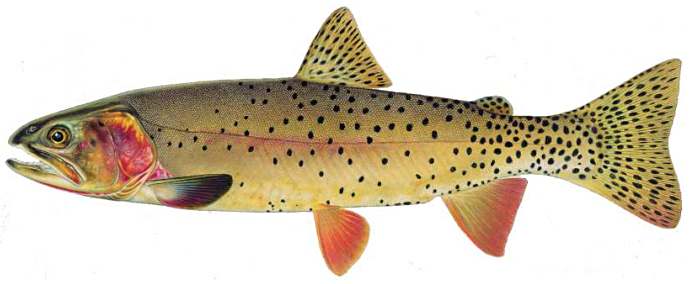NOT JUST FLOATING
Looks Easy
takes years of practice
| Over 50 years combined experience in action: NETTING TO RELEASING = 11 seconds, not a word exchanged. |
-------
.. We've had the opportunity to float-fish the lowland Madison River quite a few times over the last 20 years or so. For us it's a different sort of fishing: one that's captivating and delicious in unique ways each and every time.| Catching Up |
.. These folks work hard and seldom get to fish with each other. Rare is the opportunity to absorb it all.
.. Bless their hearts: their tolerance is saint-like. We get to catch fish, (that's given,) but more than that we get to observe genuine professional acumen in action.
| Ready To Go |
.. The captain at the oars has many jobs that must be accomplished - all at once, (not counting getting the boat and gear rigged and ready for the fishers and the river.)
.. They must safely pilot the boat through the water: mindful always, of course, of passenger safety, of boat safety, and catching opportunities.
| Synchronicity |
.. They must watch both the angler's casts and floating flies as they manuever the boat to advantageous positions: keeping in mind the skill level and expectations of the fisher. At this point in the performance the captain is the stage manager and participant.
| Full Participation |
.. Conversation is part of the performance but secondary to the execution. Just row the boat like it was as easy as it looks,
.. The angler must be mindful of the water within casting range. The boat should not be a concern. The oars are only a slight impediment - they are there - so avoid them.
.. Fish close, that's the captains job. Present well: that's the anglers job. Watch the fly. Watch the bobber. Watch both bobbers. Mend the line. Take up line. Shake out line. Keep the fly in the zone.
.. Once a fish is hooked, the ballet continues and quickens, (in spirit if not tempo,).
.. Sometimes it is pretty, sometimes it is ugly, occasionally it is very beautiful. The fish has an agenda! The fisher has a competing agenda.
.. At this point the captain is the choreographer that brings the dance to an end in the most propitious and successful end possible under the given circumstances.
| Return To Sender |
.. Questions by the score and by the second arise continuously: verbally or silently.
.. Answers beget decisions and decisions beget actions that lead to the end of the dance.
.. As the fish becomes tired and is brought to boat there is yet, a final act to the resolution of the dance. Land the fish and, (usually,) release the fish, (or infrequently, kill it and keep it for dinner.)
| Whatever It Takes |
.. The captain and the fisher must be in synch. Find and hook and land the fish!
.. It's the part of the dance that matters most to catchers. It matters to the captain if it matters to the fisher.
.. When the expertise and experience of a pair of professional fishers come together in the dance it is a ballet. It's a ballet where the story is familiar: the characters are known. It's the performance that becomes central; and beautiful it is!
.. Very few words, (if any,) blemish the plashing of water or singing of the line. Staccato clicks of the drag punctuate the chorus and the breeze becomes an unseen player in the story.
.. We have been blessed on all too infrequent occasions to watch this ballet. The ballet has different nuances. The story is embellished or twisted as the situation demands. The whole of it is of a single theme. The parts of it are unique and singularly beautiful.
.. It sends us back to our home waters with an appreciation of the broad depth of our pastime and the beautiful performances of the truly expert.
-------
| Not A Tango: Still It Takes Two. |




.jpg)




